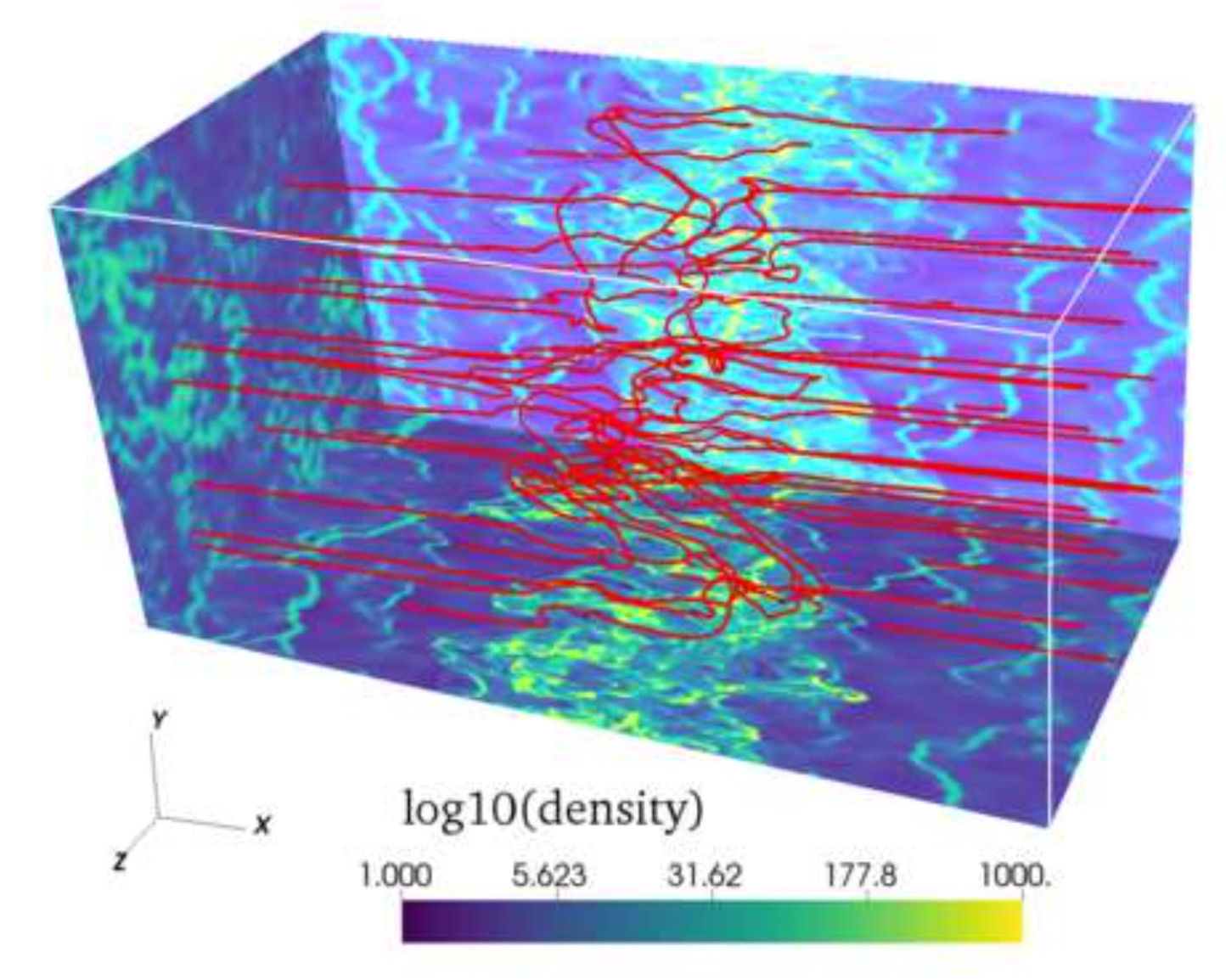We investigate the formation of molecular clouds from atomic gas by using three-dimensional magnetohydrodynamical simulations including chemical reactions and heating/cooling processes. We consider super-Alfv\’enic head-on colliding flows of atomic gas possessing the two-phase structure. We examine how the molecular cloud formation changes depending on the angle $\theta$ between the upstream flow and mean magnetic field. If the atomic gas is compressed almost along the mean magnetic field, super-Alfv\’enic anisotropic turbulence is maintained by accretion of the highly inhomogeneous upstream atomic gas, and the post-shock layer rapidly expands. Even a small obliqueness of the magnetic field drastically changes the physical properties of the post-shock layers. The shock compression amplifies the tangential component of the magnetic field which weakens the post-shock turbulence, making the post-shock layer denser. If the magnetic field is further inclined to the upstream flow, the shock-amplified magnetic pressure suppresses gas compression, leading to an extended post-shock layer. Our results, therefore, show that there is a critical angle $\theta_\mathrm{cr}$. Compression with $\theta<\theta_\mathrm{cr}$ generates largely-extended turbulence-dominated cold clouds. Around $\theta\sim \theta_\mathrm{cr}$, dense cold clouds form. For $\theta\gg \theta_\mathrm{cr}$, the strong magnetic pressure suppresses the formation of cold clouds. Efficient MC formation is expected if $\theta$ is less than a few times $\theta_\mathrm{cr}$.
Iwasaki, Kazunari; Tomida, Kengo; Inoue, Tsuyoshi; Inutsuka, Shu-ichiro
2018, ArXiv e-prints, 1806, arXiv:1806.03824
http://adsabs.harvard.edu/abs/2018arXiv180603824I
